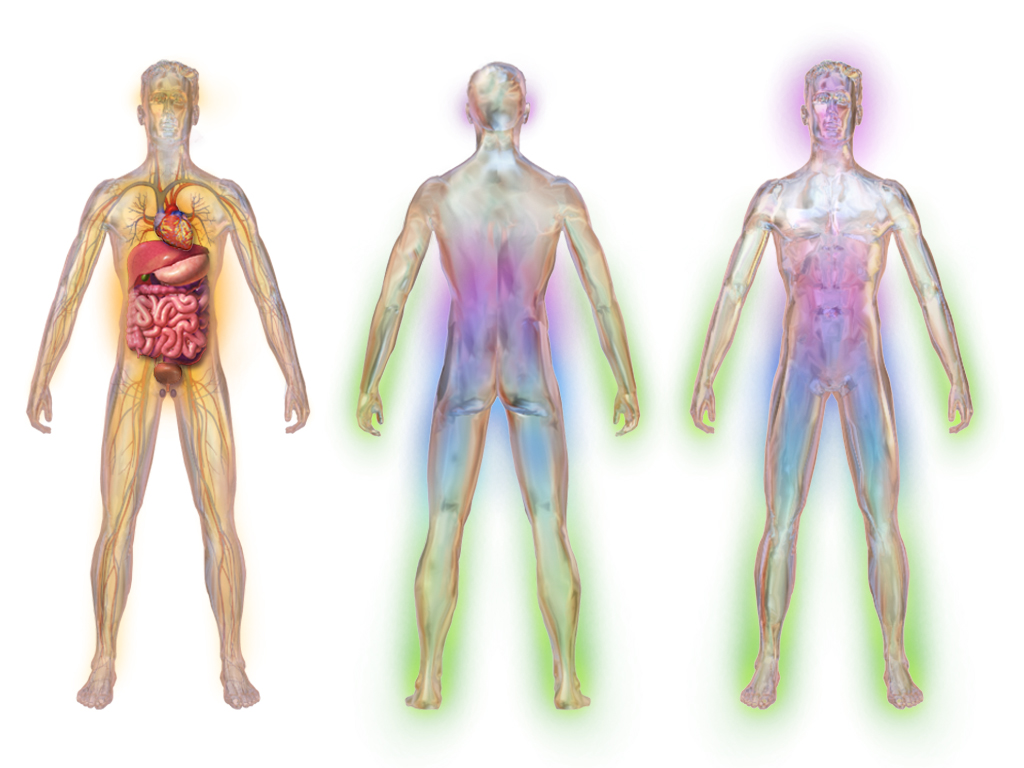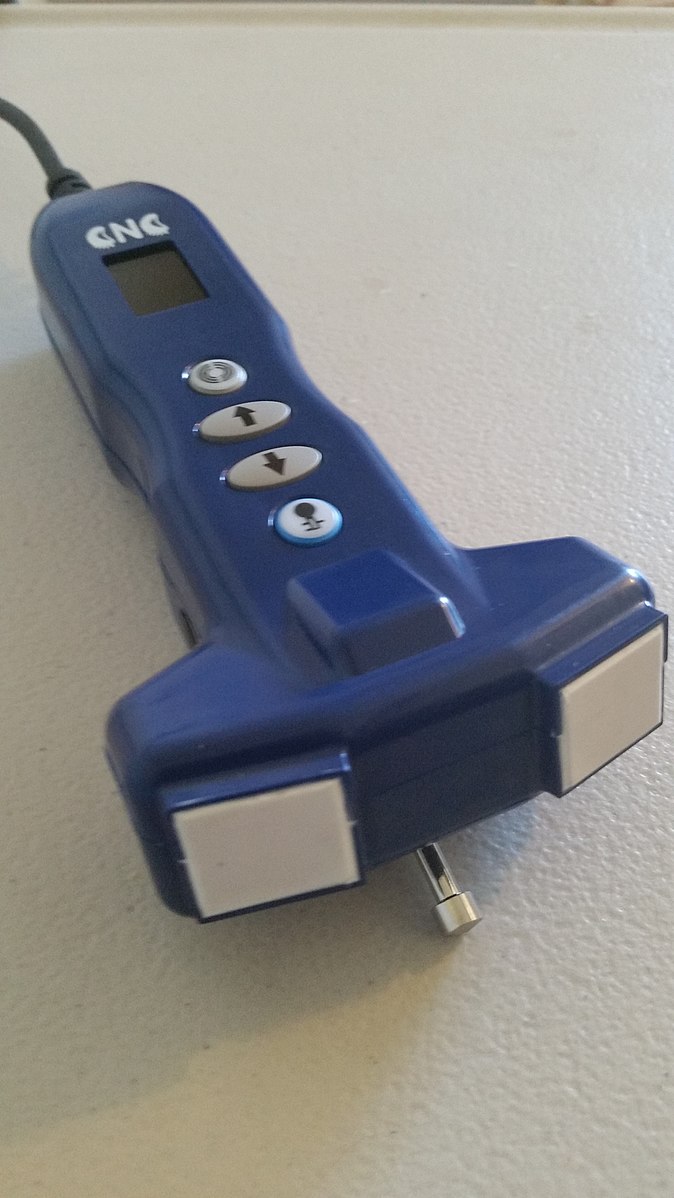Difference Between Diabetic Neuropathy and Peripheral Neuropathy
Neuropathy affects the nerves and can influence the sensitivity, movement, or functions of the organs. It can affect health in other aspects as well, depending on the nerves involved. The most common causes are diseases affecting the whole body (like diabetes), vitamin deficiency, medications, excessive alcohol use, immune system diseases, etc. It is divided into different types, depending on the cause or affected nerves.
Diabetic neuropathy is a dysfunction of nerve fibers in people with diabetes. When the peripheral nerve fibers are affected the condition is called peripheral neuropathy.

What is Diabetic Neuropathy?
Diabetic neuropathy is a dysfunction of nerve fibers in people with diabetes. Neuropathy is the most common complication of diabetes, affecting about 50% of patients with type 1 and 2 diabetes.
The development of symptoms over time depends on the continued high blood sugar level, as well as other risk factors, including:
- Increased lipids;
- Smoking;
- Increased blood pressure;
- Exposure to potentially hazardous neurotoxic substances (alcohol, some medications, etc.).
In diabetic neuropathy, different nerves in different parts of the body can be damaged, but the lower extremities are most commonly affected. In type 1 diabetes, neuropathy occurs after many years of elevated blood sugar levels, while in type 2 diabetes, it can develop after a few years of inadequate blood sugar control.
Depending on the affected nerves, diabetic neuropathy can be:
- Sensory – affects sensory nerves, most often in the limbs;
- Autonomous – affects nerves that control the functions of different systems – cardiovascular, gastrointestinal, urinary, etc.;
- Motor – affects the nerves responsible for muscle contraction and movement.
Diabetic neuropathy can also be:
- Asymmetric diabetic neuropathy – affects single nerves;
- Symmetric diabetic neuropathy – affects multiple nerves that are located symmetrically throughout the body.
A third classification divides the diabetic neuropathy into four main types:
- Peripheral – the most common diabetes neuropathy, affects the nerves of the feet and hands.
- Autonomic – affects the nerves that control different organs in the body.
- Diabetic amyotrophy – affects nerves of the buttocks, thighs, armpits.
- Mononeuropathy – affects a specific nerve.
Symptoms of diabetic neuropathy vary depending on the involved nerves:
- Peripheral neuropathy – numbness and decreased sensitivity in the fingers and feet, changed sense of temperature, walking pain, severe pain at night, difficulty walking and muscle weakness, ulcers, infections, dermatitis, joint and bone pain;
- Autonomic neuropathy – frequent urinary infections and urinary incontinence, constipation, diarrhea, high or reduced sweating, changes in blood pressure, nausea and vomiting, erectile dysfunction;
- Diabetic amyotrophy – weight loss, femoral muscle atrophy, sudden and severe pain in the thighs or buttocks;
- Mononeuropathy – double vision or pain behind one eyeball, chest or abdominal pain, foot pain, paralysis of one half of the face.
Different specialized studies are used to diagnose diabetes neuropathy. A method for early detection of nerve damage is the electroneurography. It consists of an examination of the conductivity of the nerve fibers and assesses the extent of the damage. Diagnosis can also be made with electromyography, which examines muscle tone in the affected areas.
The treatment of the condition aims to slow the progression, reduce the pain and prevent possible complications. The strict control of blood sugar is very important. The healthy lifestyle also plays a key role.

What is Peripheral Neuropathy?
Peripheral neuropathy is a disorder of the functions of peripheral nerve fibers caused by metabolic, infectious, toxic, and traumatic factors. The peripheral nerves transmit information between the brain and spinal cord and peripherally located organs and systems that are under their control.
The risk factors for peripheral neuropathy are:
- Diabetes;
- Alcohol abuse;
- Vitamin B deficiency;
- Infections;
- Autoimmune diseases;
- Kidney and liver disease;
- Neurotoxins.
Depending on the number of the affected nerves:
- Mononeuropathy – damage to one nerve;
- Multiple mononeuropathy – damage to two or more nerves in different areas;
- Polyneuropathy – damage to many nerves.
Depending on the type of the affected nerves:
- Sensory – affects nerves for temperature, pain, and touch;
- Autonomic – affects nerves regulating blood pressure, bladder function, gastric function, cardiac function.
Symptoms of periphery neuropathy depend on the affected nerves and include:
- Sensory neuropathy – tingling or numbness in the palms and soles of the ascending spread, burning pain, extreme sensitivity to touch, loss of coordination, loss of reflexes.
- Autonomic neuropathy – problems with bowel movements or urination, sexual dysfunction, blood pressure abnormalities and cardiac arrhythmias, weight loss, reduced sweating, nausea and vomiting;
The diagnosis of peripheral neuropathy is made by:
- Neurological examination;
- Blood tests;
- Electromyography and a nerve conduction test;
- Nerve biopsy.
The treatment of peripheral neuropathy is carried out by limiting the main cause of the condition, relieving the pain, and preventing further damage.
When the cause of peripheral neuropathy is intoxication, limiting the exposure to a suspected toxin or stopping the administration of a drug may stop the subsequent nerve damage. Some medications are added to relieve pain, numbness, and tingling.
For treatment are used medicines for epilepsy (carbamazepine), antidepressants (venlafaxine), opioid painkillers (oxycodone and tramadol). The drug Duloxetine may help people with chemotherapy-induced neuropathy.
Difference Between Diabetic Neuropathy and Peripheral Neuropathy
Definition
Diabetic Neuropathy: Diabetic neuropathy is a dysfunction of nerve fibers in people with diabetes. Neuropathy is the most common complication of diabetes, affecting about 50% of patients with type 1 and 2 diabetes.
Peripheral Neuropathy: Peripheral neuropathy is a disorder of the functions of peripheral nerve fibers caused by metabolic, infectious, toxic, and traumatic factors.
Risk Factors
Diabetic Neuropathy: The development of symptoms of diabetic neuropathy depends on the continued high blood sugar level, as well as other risk factors, including increased lipids, smoking, increased blood pressure, exposure to potentially hazardous neurotoxic substances.
Peripheral Neuropathy: The risk factors for peripheral neuropathy are diabetes, alcohol abuse, vitamin B deficiency, infections, autoimmune diseases, kidney and liver disease, neurotoxins.
Affected Nerves
Diabetic Neuropathy: In diabetic neuropathy, different nerves in different parts of the body can be damaged, but the lower extremities are most commonly affected.
Peripheral Neuropathy: Peripheral neuropathy affects peripheral nerves, transmitting information between the brain and spinal cord and peripherally located organs and systems.
Types
Diabetic Neuropathy: Depending on the affected nerves, diabetic neuropathy can be sensory, autonomous or motor; asymmetric or symmetric; peripheral, autonomic, diabetic amyotrophy or mononeuropathy.
Peripheral Neuropathy: Depending on the number of the affected nerves peripheral neuropathy can be mononeuropathy, multiple mononeuropathy or polyneuropathy; depending on the type of the affected nerves it can be sensory or autonomic.
Symptoms
Diabetic Neuropathy: Symptoms of diabetic neuropathy vary depending on the involved nerves and include numbness in the fingers and feet, changed sense of temperature, walking pain, severe pain at night, muscle weakness, infections, dermatitis, joint and bone pain in peripheral neuropathy; frequent urinary infections, constipation, diarrhea, high or reduced sweating, changes in blood pressure, nausea and vomiting, in autonomic neuropathy; weight loss, femoral muscle atrophy, pain in the thighs or buttocks in diabetic amyotrophy; double vision, pain behind one eyeball, chest or abdominal pain, foot pain, paralysis of one half of the face in mononeuropathy.
Peripheral Neuropathy: Symptoms of periphery neuropathy depend on the affected nerves and include tingling or numbness in the palms and soles of the ascending spread, burning pain, extreme sensitivity to touch, loss of coordination, loss of reflexes in sensory neuropathy; problems with bowel movements or urination, sexual dysfunction, blood pressure abnormalities and cardiac arrhythmias, weight loss, reduced sweating, nausea and vomiting in autonomic neuropathy.
Diabetic Neuropathy Vs. Peripheral Neuropathy: Comparison Chart

Summary:
- Diabetic neuropathy is a dysfunction of nerve fibers in people with diabetes.
- Peripheral neuropathy is a disorder of the functions of peripheral nerve fibers caused by metabolic, infectious, toxic, and traumatic factors.
- The development of symptoms of diabetic neuropathy depends on the continued high blood sugar level, as well as the exposure to other risk factors. The risk factors for peripheral neuropathy are diabetes, alcohol abuse, vitamin B deficiency, infections, autoimmune diseases, kidney and liver disease, neurotoxins.
- In diabetic neuropathy, different nerves in different parts of the body can be damaged, but the lower extremities are most commonly affected. Peripheral neuropathy affects peripheral nerves, transmitting information between the brain and spinal cord and peripherally located organs and systems.
- Diabetic neuropathy can be sensory, autonomous or motor; asymmetric or symmetric; peripheral, autonomic, diabetic amyotrophy or mononeuropathy. Peripheral neuropathy can be mononeuropathy, multiple mononeuropathy or polyneuropathy; sensory or autonomic.
- Symptoms of diabetic neuropathy vary depending on the involved nerves and include numbness in the fingers and feet, changed sense of temperature, walking pain, severe night pain, muscle weakness, infections, dermatitis, joint and bone pain in peripheral neuropathy; urinary infections, constipation, diarrhea, high or reduced sweating, changes in blood pressure, nausea and vomiting, in autonomic neuropathy; weight loss, femoral muscle atrophy, pain in the thighs or buttocks in diabetic amyotrophy; double vision, pain behind one eyeball, chest or abdominal pain, foot pain, paralysis of one half of the face in mononeuropathy.
- Symptoms of periphery neuropathy depend on the affected nerves and include tingling or numbness in the palms and soles of the ascending spread, burning pain, extreme sensitivity to touch, loss of coordination, loss of reflexes in sensory neuropathy; problems with bowel movements or urination, sexual dysfunction, blood pressure abnormalities and cardiac arrhythmias, weight loss, reduced sweating, nausea and vomiting in autonomic neuropathy.
- Difference Between Gallstones and Cholecystitis - September 5, 2021
- Difference Between Constipation and Cramping - August 4, 2021
- Difference Between Whole Genome Sequencing and Microarray - May 6, 2021
Search DifferenceBetween.net :
1 Comment
Leave a Response
References :
[0]Image credit: https://commons.wikimedia.org/wiki/File:Blausen_0311_DiabeticNeuropathy.png
[1]Image credit: https://commons.wikimedia.org/wiki/File:Diabetic_Neuropathy_Device_pic.jpg
[2]Holt, R., C. Cockram, A. Flyvbjerg, B. Goldstein. Textbook of Diabetes. Hoboken: John Wiley & Sons. 2011. Print.
[3]Warrell, D., T. Cox, J. Firth. Oxford Textbook of Medicine, Oxford: Oxford University Press. 2010. Print.
[4]Wiesman, J. Peripheral Neuropathy. Baltimore: Johns Hopkins Press. 2016. Print.

so what can you do about it?